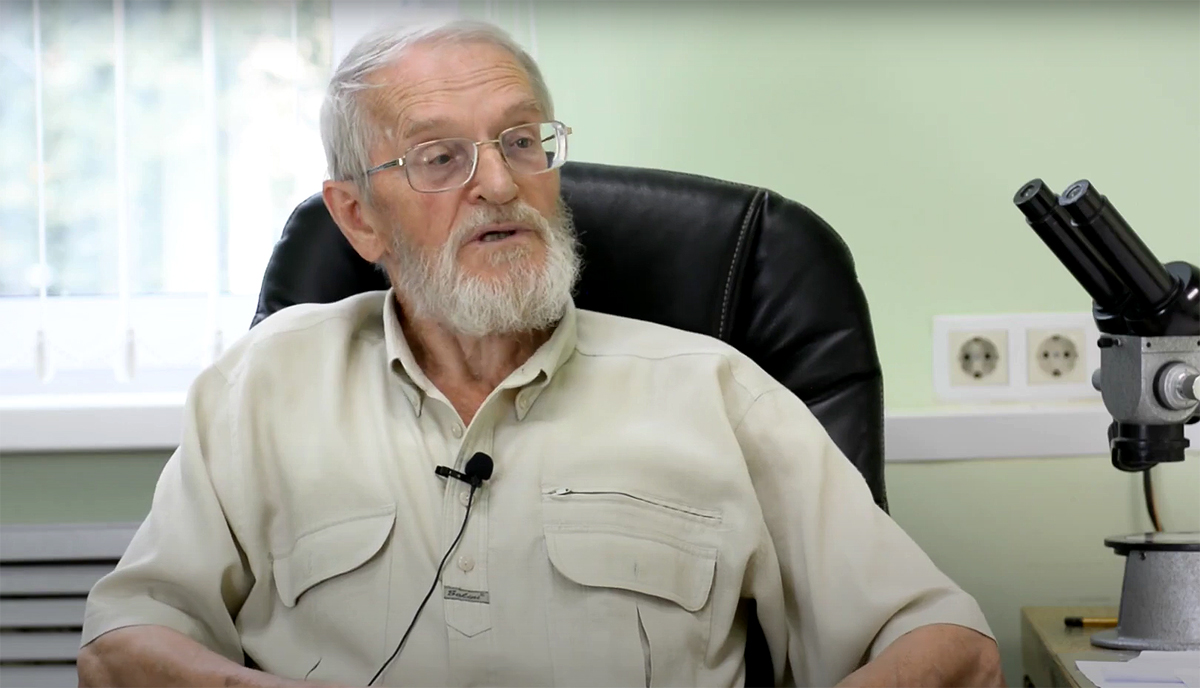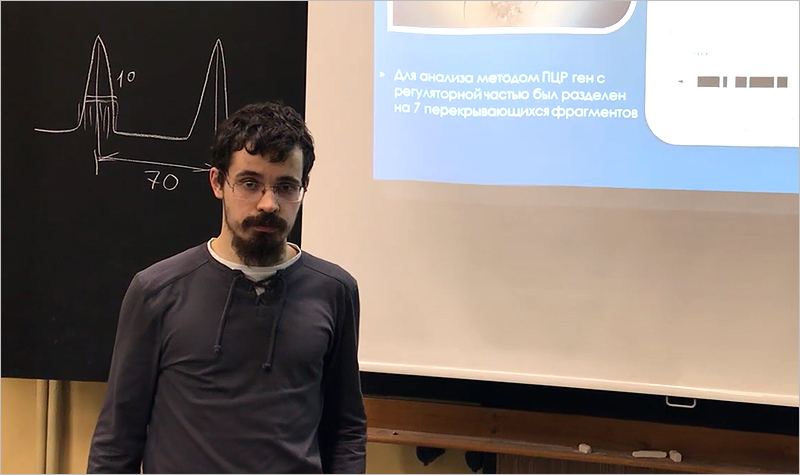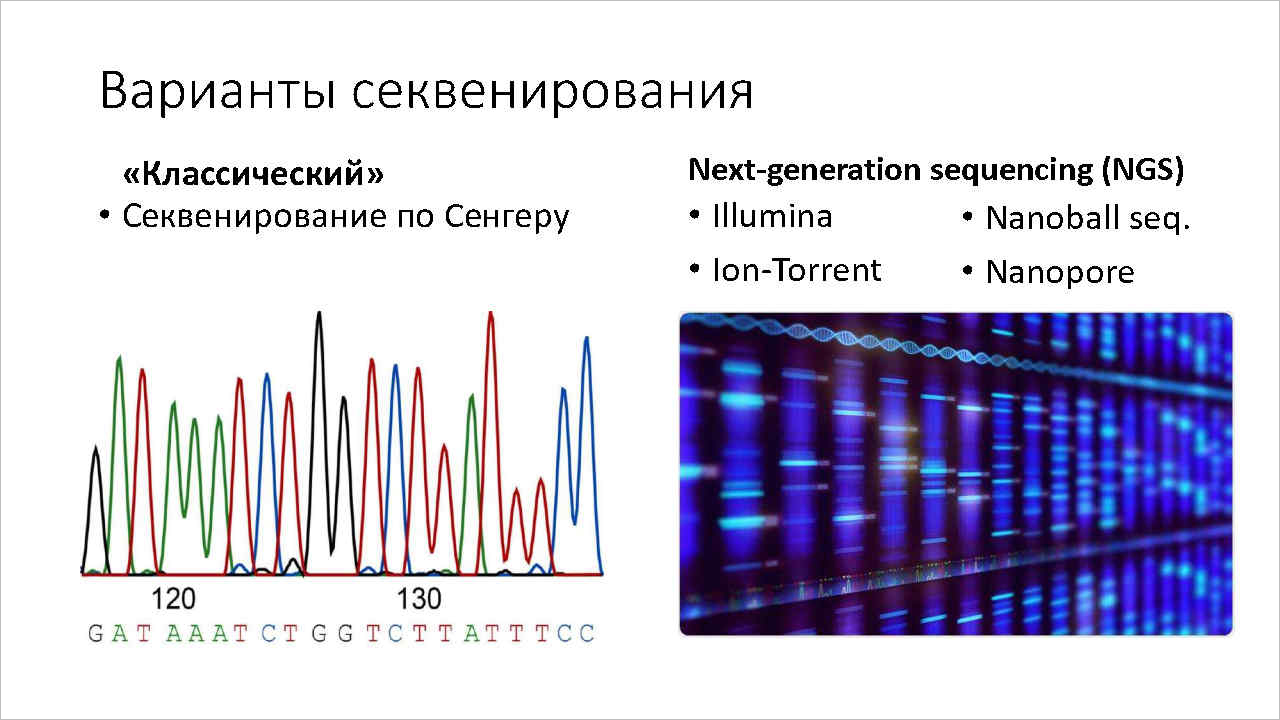JINR experience in different genome study approaches
News, 28 April 2022
Radiation geneticists of the Dzhelepov Laboratory of Nuclear Problems JINR have compared two different approaches to the evaluation of genetic consequences in the offspring of irradiated parents. It has revealed that results of classical analysis of inherited radiation induced mutations in individual genes can be obtained much faster and more fully using next-generation genome-wide sequencing. The results of this comparative analysis were presented at the seminar “From genetic research to next-generation genome-wide sequencing in radiation genetics” on 20 April.
Head of the research, Chief Researcher of the DLNP Molecular and Radiation Genetics Group of the Scientific and Administrative Division “Phasotron Department”, Doctor of Biology Igor Alexandrov has provided a brief summary of his research based on the classical approach using genetic test object Drosophila. He noted that “… about 38% of mutant descendants of the first generation from irradiated test Drosophila melanogaster males were sterile and did not give offspring. It indicates large genetic material loss. The remaining 62% of fertile descendants inherited different recessive changes: multilocus deletions (genetic material loss), translocations (an exchange of segments between different chromosomes), inversions (a 180-degree rotation of a chromosomal segment and point intragenic mutations). According to the opinion commonly accepted by all geneticists, the latter is the most important for predicting the way harmful genetic cargo will increase after radiation exposure to population.
Five genes have been studied to obtain these results: two genes in the X-chromosome (yellow and white) and three genes in the second autosome (black, cinnabor, vestigial). Scientists have chosen these genes because mutations in them lead to changes in external features, which allows easily distinguishing mutant from non-mutant individuals.
At first, males were irradiated. Later, they were interbred with females homozygous for the studied genes. Two groups of Drosophila males of the wild laboratory line were irradiated, for example, with gamma rays at a dose of 5 Gy and 40 Gy. The survival rate of their first-generation descendants was 85% and 15%, respectively. Rare mutant individuals were identified among the surviving descendants for further comprehensive study of radiation mutation genetic nature.
As a result, more than 600 such mutants have been analysed at 5 genes. At the same time, direct extrapolation from D. melanogaster data to humans can be carried out qualitatively, not quantitatively. Thus, harmful recessive mutations can be expected to increase in the population leading to various harmful genetic consequences such as inherited diseases, cancer, etc.
As a junior researcher of the DLNP Molecular and Radiation Genetics Group Artem Russakovich noted, progress in DNA and IT technologies has led to the creation of genome sequencing methods. He spoke about principles and features of such methods in detail. “Sequencing differs from classical studies as it is carried out almost automatically at a sequencer. In addition, it allows immediately obtaining large arrays of data, but it takes long to process it. The classical Sanger method is characterised by high reliability, relative cheapness, and short read length. It is necessary to select primers using this method. It is impossible to cover many beads at once because of the specificity of each bead.
The speaker presented such genome sequencing methods as Next generation sequencing (NGS): Ion-Torrent, Nanoball sequencing, Nanopore, and Illumina. All of these methods have one thing in common. Separate read quality is lowered, while there are many reads overall. The first results of sequencing on the Illumina platform have been considered. They were obtained in the pilot experiment on Drosophila melanogaster. Three control offspring were compared to nine offspring of males irradiated with gamma rays at a dose of 40 Gy. Two control groups had only one spontaneous deletion, while the group of drosophila irradiated male descendants of the first generation revealed multiple structural DNA changes: deletions, duplications, inversions, translocations.
As Igor Alexandrov concluded, the genetic approach provides a detailed view of possible genetic changes that can be inherited, but it takes a lot of time and efforts to process it. A genome-wide sequencing method allows obtaining similar results much faster. Although, even here, there are difficulties and issues that need to be solved. Nevertheless, genomic studies allow collecting comprehensive data on the nature and number of radiation-induced inherited DNA changes in the offspring of irradiated parents. Compared to the classical genetic analysis, it is a huge step forward in studying this problem. According to Igor Alexandrov, slight difference in the results obtained by the classical genetic method and next-generation genome-wide sequencing can be caused by a few sequenced genomes.
“Our research is the first steps in studying inherited DNA changes in the offspring of irradiated parents using test Drosophila melanogasters as a model organism. Among scientific publications, we have found only one similar scientific research on mice. According to geneticists, the results obtained in a Drosophila – mice system are especially important for the animal-to-human extrapolation. The comparative analysis of our results on Drosophila with the data obtained on mice shows their fundamental similarity in the nature and frequency of inherited genomic changes. It allows predicting similar changes in humans. In this regard, it is important to emphasise that JINR is still the leader in these studies.”


